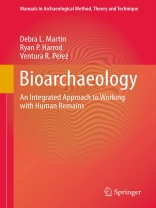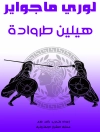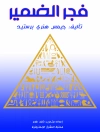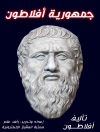Bioarchaeology is the analysis of human remains within an interpretative framework that includes contextual information. This comprehensive and much-needed manual provides both a starting point and a reference for archaeologists, bioarchaeologists and others working in this integrative field. The authors cover a range of bioarchaeological methods and theory including:Ethical issues involved in dealing with human remains Theoretical approaches in bioarchaeology Techniques in taphonomy and bone analysis Lab and forensic techniques for skeletal analysis Best practices for excavation techniques Special applications in bioarchaeology With case studies from bioarchaeological research, the authors integrate theoretical and methodological discussion with a wide range of field studies from different geographic areas, time periods, and data types, to demonstrate the full scope of this important field of study.
Table of Content
History and Current State of Bioarchaeology.- Ethics and Research that Matters.- What Integration Means.- Taphonomic Signatures.- Burial Pratices and Mortuary Ritual.- Excavation Techniques.- Demography and Disease.- Reconstruction of Diet and Nutrition.- Reconstucting Ancestry, Migration, and Relatedness.- Osteobiography.- Sex, Organization, and Stratification.- Trauma and Violence.- Body Modifications and Ornamentation.- Behavior, Ritual, and Patterned Complexity.- Process and Population.
About the author
Debra L. Martin is the Lincy Professor of Anthropology at the University of Nevada, Las Vegas. She directs a graduate program in bioarchaeology.Ryan Harrod is a doctoral candidate in the Department of Anthropology at the University of Nevada, Las Vegas and an instructor at College of Southern Nevada.Ventura R. Pèrez is assistant professor in the Department of Anthropology at the University of Massachusetts, Amherst.












